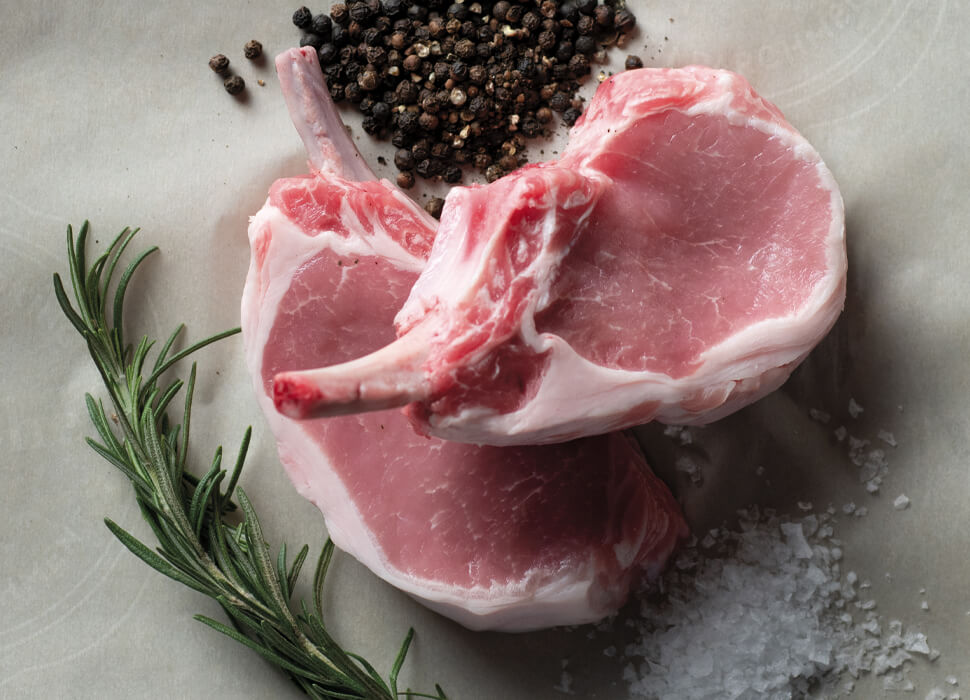When you’re brainstorming a family meal prep, you might turn to a mouthwatering pork cut, such as pork loin or pork tenderloin. But you may also wonder, “Are these pork cuts essentially the same? Better yet, can I use them in place of another in recipes?”
Although pork loin and pork tenderloin are both crowd-pleasing favorites, there are differences between these two commonly-confused cuts. Let’s unpack these key distinctions so you can prepare your next family meal with the right cut and also explore some bonus pork recipes!
What Is Pork Loin?
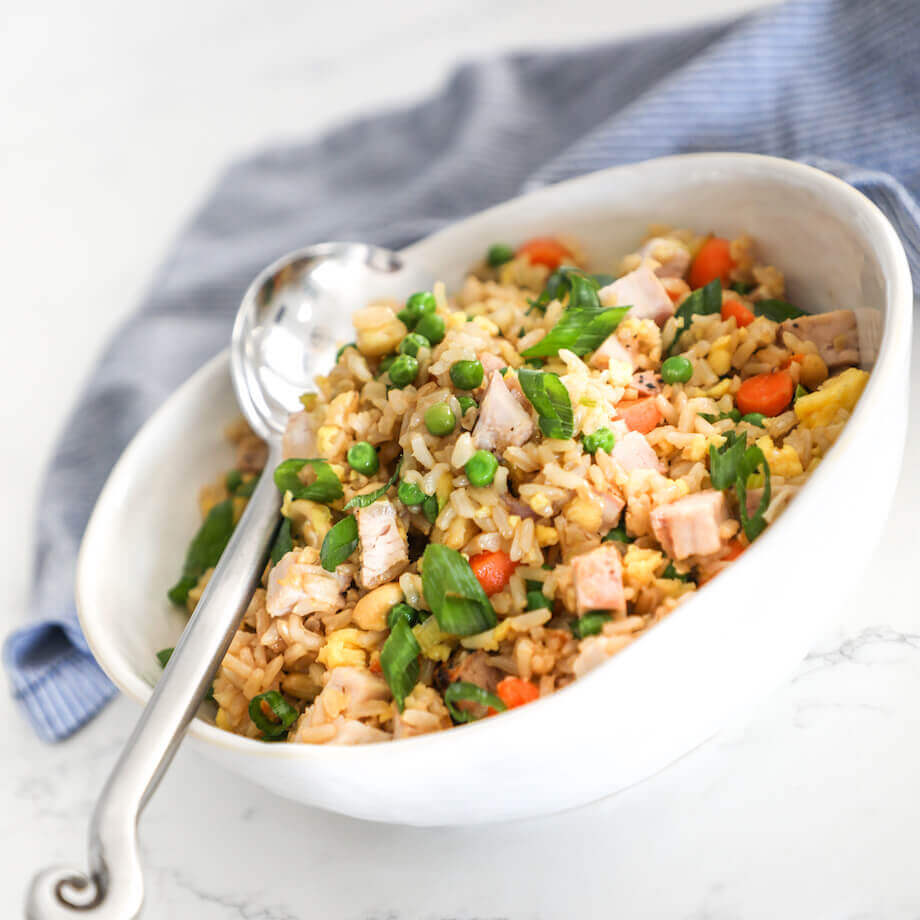
Chances are, if you’re responsible for feeding several hungry mouths at the dinner table, you’ve come across pork loin since it’s sizably larger than its tenderloin sibling—and more affordable. Also known as a center cut roast, pork center rib roast, and pork roast, pork loin is a wide, yet extremely lean cut that comes from the back. Now in most cases, pork loin can be found as a boneless roast, but it can also be cut into bone and boneless pork chops.
With a thick fat cap that sizzles to perfection in the oven, it’s particularly juicy and naturally holds a good amount of flavor. Needless to say, it’s an American household favorite for good reason.
Try These Delicious Pork Loin Recipes
What Is Pork Tenderloin?
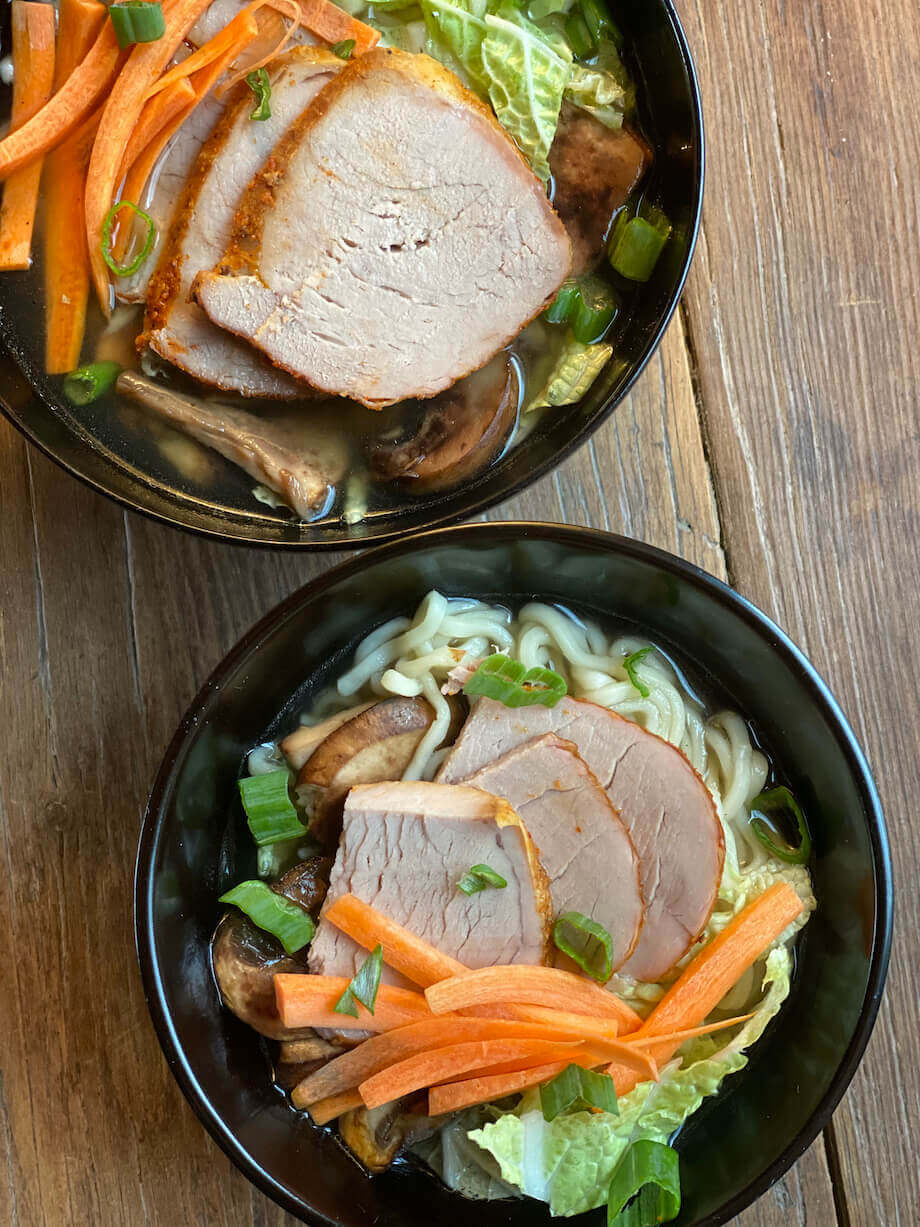
Don’t get us wrong, pork loin is extremely tender, but there’s a reason “tender” is in the name of another particular cut. Pork tenderloin comes from the backbone—an area that is rarely used and very supple, which is why it tends to be a bit more pricey, compared to the pork loin.
Even though it’s slightly more expensive, it can easily retain all of its flavors for up to six months in the freezer! This boneless cut does not contain a fat cap, so it’s easy to identify. However, pork tenderloin is encased in a silver skin that should be removed before cooking, which we’ll touch on soon.
Try These Easy Pork Tenderloin Recipes
Key Differences Between Pork Loin & Pork Tenderloin
Now to the million-dollar question—what’s the difference between pork loin and pork tenderloin? Or shall we say differences, since there’s more than one!
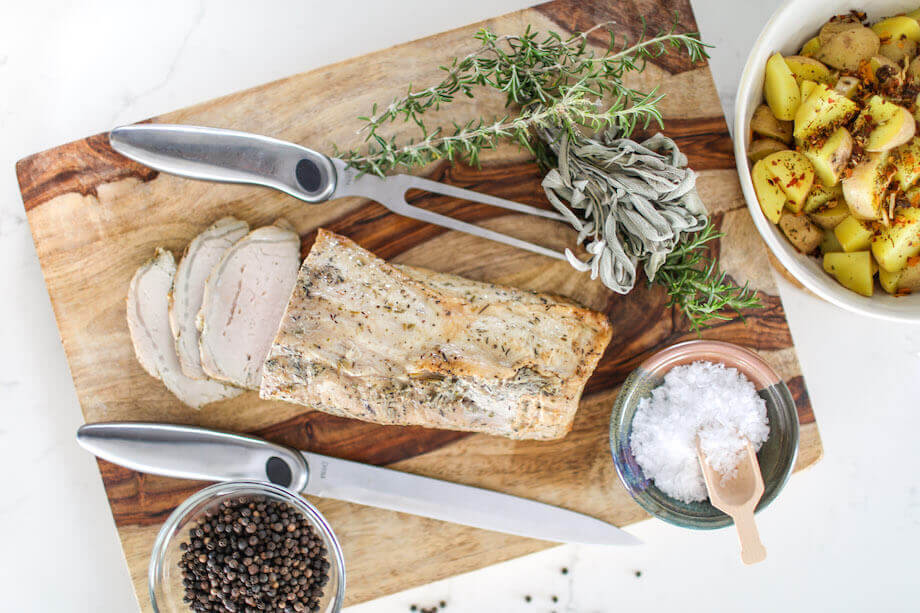
Size
Pork loin is typically larger than its petite counterpart, tenderloin. Although this can vary, pork loin usually weighs two to five pounds and can feed around eight to ten people—convenient for large family gatherings and dinner parties. Pork tenderloin on the other hand, averages around one pound and can serve up to three people, making it an ideal cut for more intimate dining occasions.
Taste and Texture
When cooked properly, pork loin can render a mild, yet slightly sweet flavor. In fact, some compare the taste to veal. Again, this cut is lean, tender, and juicy from the thick fat layer on top, and once it’s cooked through, it’ll gradually turn from a light pink shade to a white color.
When it comes to pork tenderloin, it’ll usually emit a milder flavor. However, you can easily intensify this by using certain spices and marinades. Like pork loin, this cut is juicy, but can easily dry out if cooked too long, due to how lean it is. Once it’s ready to devour, it will turn from a bright crimson color to a lighter brown hue.
Cooking Technique
When it comes to cooking pork loin, there are a host of different methods to try, but to get the best results we recommend searing the outer layer to garner a sizzling, golden-brown crust. From there, you can either roast it in the oven, grill it to yield a bold, smoky flavor, or pop it in the slow cooker.
Either way, it’s best to use the “low and slow” cooking method, since pork loin is a larger cut of meat. On the flip side, you can employ “quick” cooking methods when it comes to pork tenderloin. Consider firing up the grill or searing your tenderloin on a piping-hot cast iron skillet, so it doesn’t dry out.
Internal Temperature for Cooking Pork
No matter which cooking method you use, the U.S. Department of Agriculture suggests a safe internal temperature for pork cuts is 145 degrees Fahrenheit, with a resting time of three minutes. This should be measured with a proper food thermometer.
Can Pork Loin Be Used as a Substitute for Pork Tenderloin? Or Vice Versa?
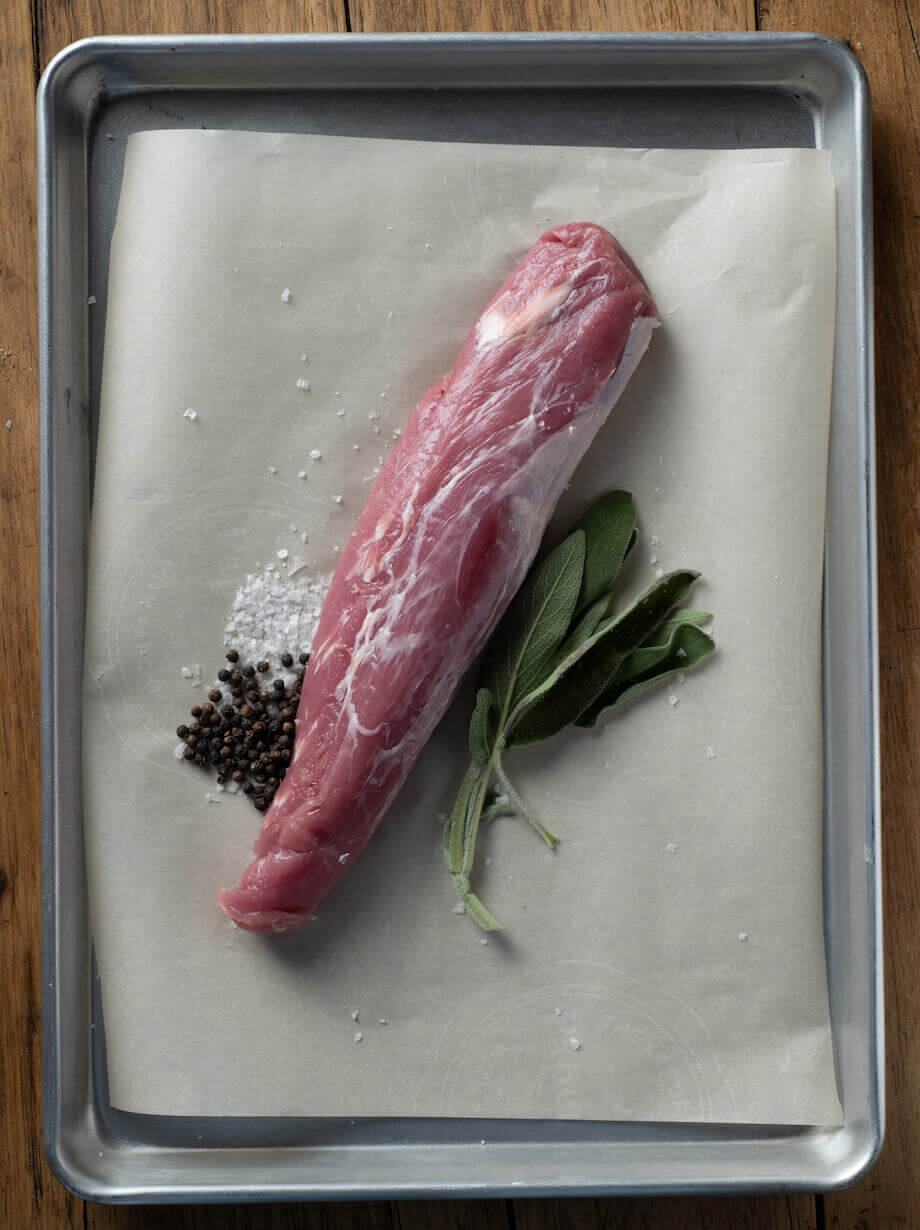
Even though the names sound similar, we don’t suggest using pork loin and pork tenderloin interchangeably. Why you might ask? Mainly due to the contrast in size!
For example, if you were to leave pork tenderloin in a slow cooker all day, it would easily dry out because it’s extremely lean. Conversely, a whole pork loin wouldn’t cook through properly if you gave it a quick sear on a cast iron skillet. So if a recipe specifies a particular pork cut, we suggest sticking to that recommendation to get the most optimal outcome.
Choose Premium, High-Quality Pork Cuts
By now, we hope that you can be the hero in the kitchen by understanding the real difference between these commonly-confused pork cuts. Here at Coleman Natural, all of our all-natural pork cuts, including Pork Loin Filets (Original, Salt and Pepper, Garlic and Herb) and Pork Tenderloin never contain antibiotics, growth promotants, or artificial ingredients.
Since we first opened our doors in 1875, it’s been a company-wide mission to go above and beyond what “all-natural” typically means, by instilling crate-free and 100% vegetarian-fed practices. These high standards ensure we always deliver great tasting premium pork products that your family can enjoy and feel good about eating.
Enjoyed this article? Try these next!
